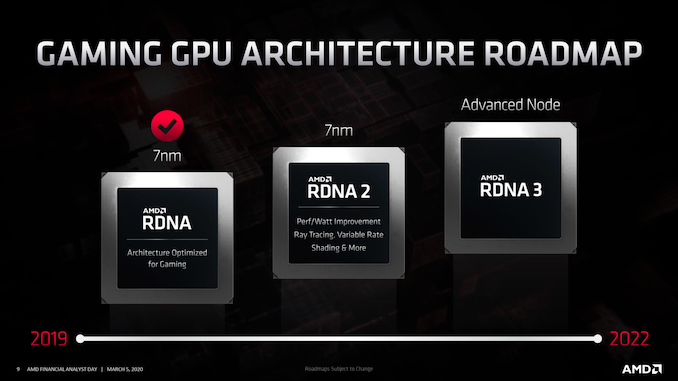winjer
Member

AMD Ryzen 7000 Zen4 CPUs Prices Remain Unchanged From Ryzen 5000 Zen 3 Lineup
Possible launch SEP pricing of AMD's Ryzen 7000 series "Zen 4" desktop processors leaked by Wccftech. Prices appear identical to Ryzen 5000 "Zen 3" at launch. ...
| AMD Ryzen 5000 | |||||
|---|---|---|---|---|---|
| AMD Ryzen 7000 | |||||
| Cores / Threads | Base/Boost Clock | TDP | Cache (L2+L3) | Launch Price(USD) | |
| Alledged AMD Ryzen 7000 Specifications | |||||
| Ryzen 9 7950X | 16C/32T | 4.5/5.7 GHz | 170W | 80MB (16+64) | 799 USD |
| Ryzen 9 7900X | 12C/24T | 4.7/5.6 GHz | 170W | 76MB (12+64) | 549 USD |
| Ryzen 7 7700X | 8C/16T | 4.5/5.4 GHz | 105W | 40MB (8+32) | 449 USD |
| Ryzen 5 7600X | 6C/12T | 4.7/5.3 GHz | 105W | 38MB (6+32) | 299 USD |
| Ryzen 9 5950X | 16C/32T | 3.4/4.9 GHz | 105W | 72MB (8+64) | 799 USD |
| Ryzen 9 5900X | 12C/24T | 3.7/4.8 GHz | 105W | 70MB (4+64) | 549 USD |
| Ryzen 7 5800X3D | 8C/16T | 3.4/4.5 GHz | 105W | 100MB (4+96) | 449 USD |
| Ryzen 7 5800X | 8C/16T | 3.8/4.7 GHz | 105W | 36MB (4+32) | 449 USD |
| Ryzen 7 5700X | 8C/16T | 3.4/4.6 GHz | 65W | 36MB (4+32) | 299 USD |
| Ryzen 5 5600X | 6C/12T | 3.7/4.6 GHz | 65W | 35MB (3+32) | 299 USD |







